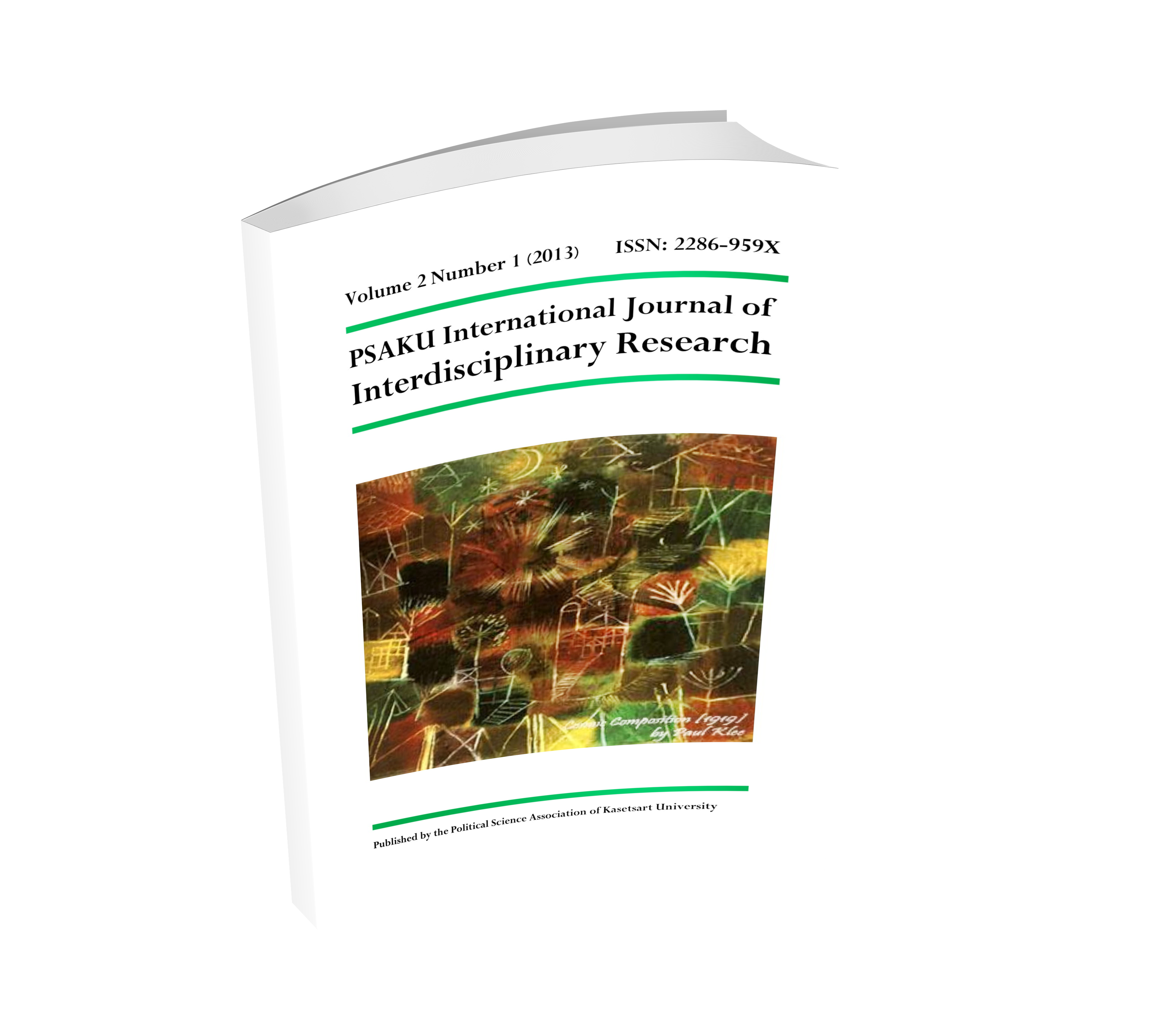Development of a Causal Relationship Model of Undergraduates’ Sense of Coherence in Thailand: An Application of the Multiple Group Structural Equation Model
Keywords:
Sense of Coherence, Multiple Group, Structural Equation ModelAbstract
The objectives of this research were to study causal relationship, develop and validate consistency with empirical data the causal relationship model of sense of coherence of undergraduate and to test the model invariance between 2 samples: an application of the multiple group structural equation model. The model consisted of 7 latent variables; sense of coherence, social support, democratic child rearing, laissez-faire child rearing, goal setting of life, anxiety, and self-esteem; and 24 observed variables measuring those 7 latent variables. The samples consisted of 540 first year undergraduate students; 270 from state university in Thailand and 270 from private university in Thailand. The research instrument was a five rating scale questionnaire. Data were analyzed by linear structural equation model analysis, and multiple group structural equation model analysis. The result indicated that the adjusted model was consistent with empirical data. Model validation of a good fitted model provided χ2 = 25.869, df = 81, p = 1.000, χ2/df = 0.319, GFI = 0.996, AGFI = 0.986, RMR = 0.006, LSR = 1.635. The variables in the model accounted for 89.70 percent of the total variance of sense of coherence. The variable that had most significant effect on sense of coherence was self-esteem, democratic child rearing and anxiety, respectively. The causal relationship model of sense of coherence of undergraduate students indicated invariance of model form but the parameters were variance.
Downloads












.png)


